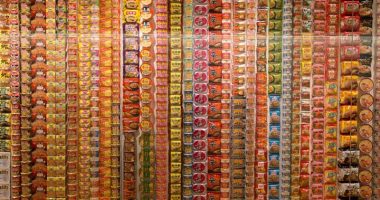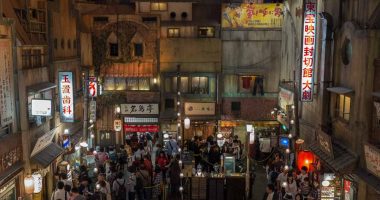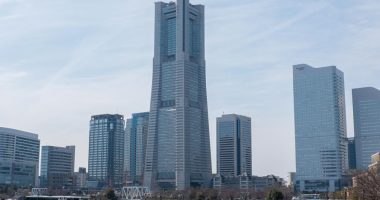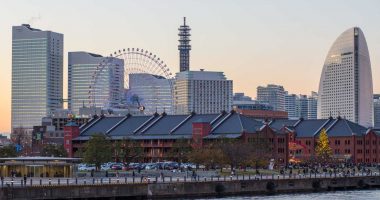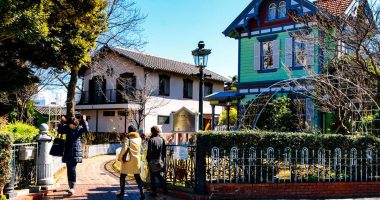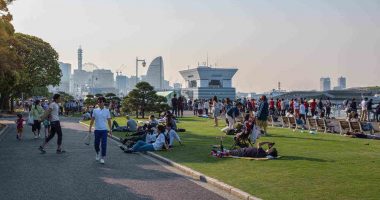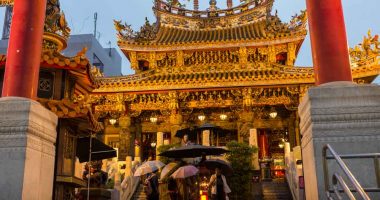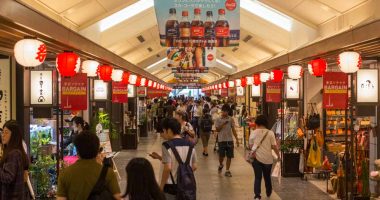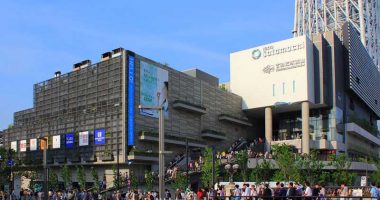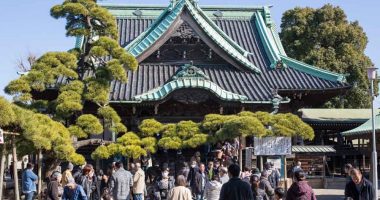Browsing Category
Things to Do
300 posts
Yokohama Landmark Tower
Standing almost 300m tall, the Landmark Tower provides the best night view of the harbor area. You can also make the boast of having ridden the fastest elevator in Japan (it takes just 40 seconds to arrive at the observation deck on the 69th floor). The Yokohama Plaza on the first five floors of the building contains restaurants and shops.
Yokohama Red Brick Warehouse
These two structures were formerly customs warehouses for Yokohama port. They underwent extensive renovation before re-opening in 2002. Today they contain small boutiques, craft shops, and a handful of restaurants and cafes. Open-air events are often held in the surrounding plaza.
Osanbashi Pier & Passenger Terminal
Osanbashi Pier was built in the late 19th century to facilitate the loading and unloading of the ships that came into the Yokohama port. Today boarding gates and shops can be found beneath the modern wooden walkway, but many on the pier are just there for the view looking back onto Yokohama.
Yamate District
Yamate was the area where foreigners lived in the years after Yokohama port opened for trade. Harbour View Park located at the top of the hill provides one of the best views of Yokohama port and also has a rose garden and Western-style cemetery. You can walk up the hill from the Motomachi shopping district to the view point at the top which looks over the Minato Mirai area.
Yokohama Chinatown
Yokohama Chinatown was established by Chinese immigrants the year after the Harris Treaty ended Japan’s 250 years of isolationism and opened up the country to foreign trade. It is the largest Chinatown in Japan with over 600 restaurants and shops. Kuan Ti Miao Temple in the middle of the area has roots dating back to 1862.
Yagiri no Watashi
River crossing service for the Edogawa River. The service has continued since the early days of the Edo period, and is the only traditional crossing point remaining in the capital. Unfortunately, there isn’t much to see on the other side, but you could cross over by boat and return the long way over one of the bridges.
